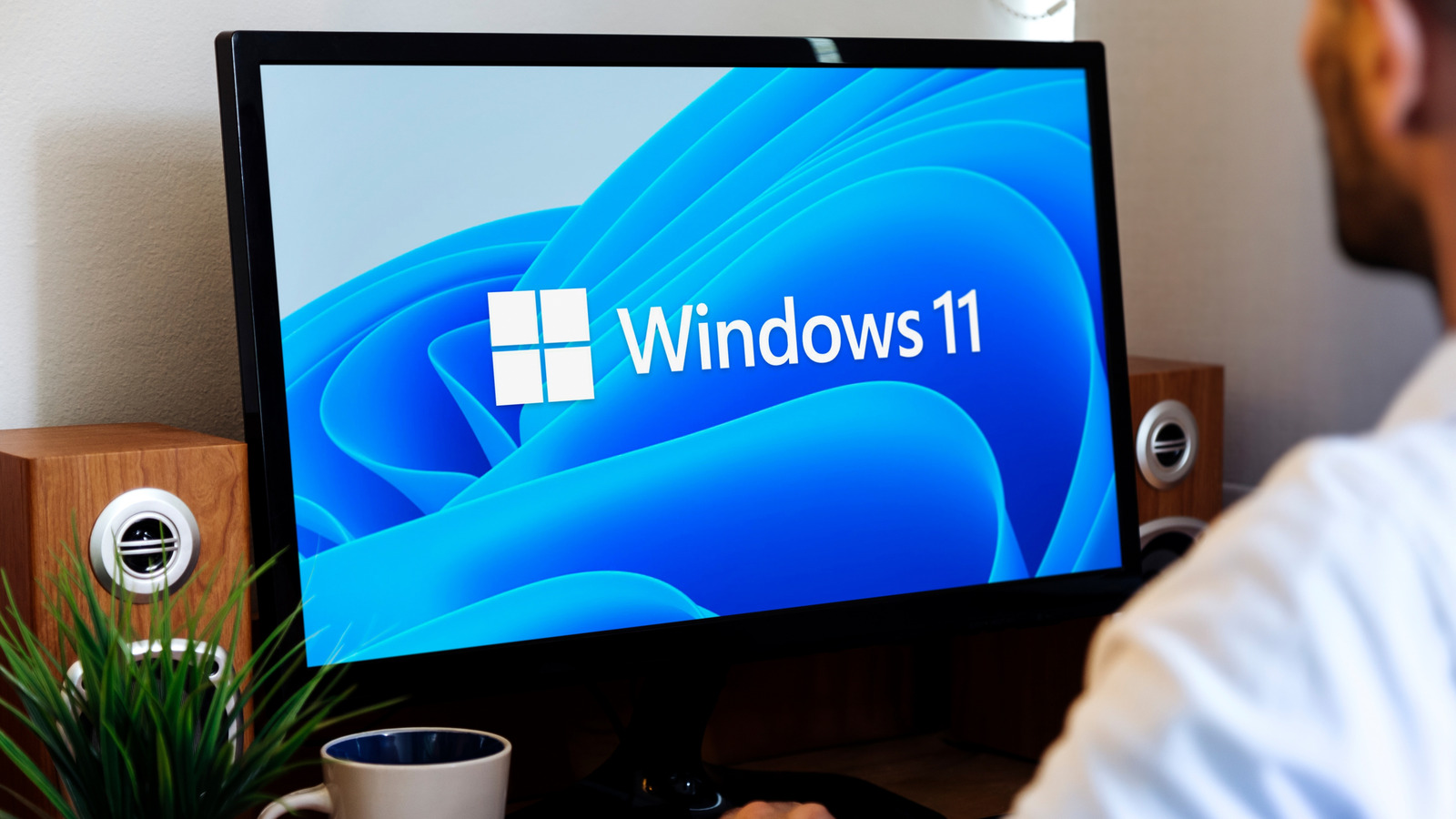Fair Source Software: Bridging Open Source and Proprietary Licensing
Abstract Fair source software is a licensing model designed to balance the freedom of open source with the revenue potential of proprietary software. This blog post explores the history, core concepts, practical applications, challenges, and future innovations of fair source software. By blending aspects of open access with commercial monetization, fair source software offers an alternative ecosystem where developers can engage communities while earning sustainable revenue. We also compare fair source with traditional licensing models using tables and bullet lists for clarity. Furthermore, we discuss additional facets such as funding strategies and legal complexities that shape this emerging model in the digital landscape. Introduction Software licensing plays a vital role in how software is distributed, modified, and used. Traditional licenses often force developers to choose between complete openness or sacrificing control for commercial viability. Fair source software has emerged as an innovative middle ground that combines many of the perks from both sides. In this post, we dig into what fair source software means, how it works, and why it is gaining traction among developers, startups, and large tech companies. Developers have long sought ways to harness community collaboration while ensuring they can sustainably support their projects financially. Fair source licensing meets that need by allowing non-commercial freedoms along with a flexible framework for commercial exploitation. This post is intended for technical professionals, software enthusiasts, and decision-makers who want to understand this licensing model and its implications for the future of software development. Background and Context History and Evolution of Licensing Models Traditionally, software has followed two main paths: Open Source (e.g., GPL, MIT, Apache) which promote community collaboration and free distribution. Proprietary Software which restricts modification and redistribution but enables clear commercial frameworks. The gaps between these models led to challenges for developers. They needed support for innovation, yet they also required a viable revenue stream to maintain their work. As a response, fair source software evolved as a hybrid approach. The model allows developers to share their source code under conditions that safeguard non-commercial use while protecting commercial interests. Additional reading on open source can be found at the Open Source Initiative and details about open source licenses from Mozilla Public License 2.0. The Business Source License FAQ offers insights into similar hybrid licensing approaches. Defining Fair Source Software Fair source software is defined as software with openly available source code while incorporating licensing terms that restrict or require remuneration for commercial exploitation. The model typically stipulates that: Non-commercial use, modification, and distribution are allowed with minimal restrictions. Commercial use mandates obtaining a separate license or permission. Financial or legal commitments may be required from commercial entities to support the developers’ efforts. The aim is to foster an environment where community collaboration and commercial sustainability coexist in harmony. Core Concepts and Features Fair source software is centered around a few core concepts that help explain its unique position in the software landscape. Source Accessibility Fair source software, like open source, emphasizes transparency by providing full access to the source code. This encourages community scrutiny, bug fixes, and innovation. Developers enjoy the best of both worlds when their code is open for learning but secure against unfettered commercial gain. Licensing Terms and Usage Guidelines Licensing terms in fair source models are clearly defined. They differentiate between: Non-commercial Use: Free access for personal use, academic research, or experimentation. Commercial Use: Use cases that involve profit generation require negotiating a separate license, often with associated fees. These rules are designed to reduce legal ambiguities and ensure that both developers and businesses know their rights and responsibilities. In many cases, developers will provide detailed documentation alongside the license to explain permitted and prohibited uses. Sustainability and Developer Revenue One of the driving forces behind fair source software is to secure a sustainable revenue model for developers. Traditional open source models sometimes rely on donations or indirect monetization methods like consulting and support. Fair source licensing allows: Direct Monetization: Companies using the software commercially must purchase licenses. Community Engagement: While still open to non-commercial use, the model ensures that those gaining economic benefit contrib

Abstract
Fair source software is a licensing model designed to balance the freedom of open source with the revenue potential of proprietary software. This blog post explores the history, core concepts, practical applications, challenges, and future innovations of fair source software. By blending aspects of open access with commercial monetization, fair source software offers an alternative ecosystem where developers can engage communities while earning sustainable revenue. We also compare fair source with traditional licensing models using tables and bullet lists for clarity. Furthermore, we discuss additional facets such as funding strategies and legal complexities that shape this emerging model in the digital landscape.
Introduction
Software licensing plays a vital role in how software is distributed, modified, and used. Traditional licenses often force developers to choose between complete openness or sacrificing control for commercial viability. Fair source software has emerged as an innovative middle ground that combines many of the perks from both sides. In this post, we dig into what fair source software means, how it works, and why it is gaining traction among developers, startups, and large tech companies.
Developers have long sought ways to harness community collaboration while ensuring they can sustainably support their projects financially. Fair source licensing meets that need by allowing non-commercial freedoms along with a flexible framework for commercial exploitation. This post is intended for technical professionals, software enthusiasts, and decision-makers who want to understand this licensing model and its implications for the future of software development.
Background and Context
History and Evolution of Licensing Models
Traditionally, software has followed two main paths:
- Open Source (e.g., GPL, MIT, Apache) which promote community collaboration and free distribution.
- Proprietary Software which restricts modification and redistribution but enables clear commercial frameworks.
The gaps between these models led to challenges for developers. They needed support for innovation, yet they also required a viable revenue stream to maintain their work. As a response, fair source software evolved as a hybrid approach. The model allows developers to share their source code under conditions that safeguard non-commercial use while protecting commercial interests.
Additional reading on open source can be found at the Open Source Initiative and details about open source licenses from Mozilla Public License 2.0. The Business Source License FAQ offers insights into similar hybrid licensing approaches.
Defining Fair Source Software
Fair source software is defined as software with openly available source code while incorporating licensing terms that restrict or require remuneration for commercial exploitation. The model typically stipulates that:
- Non-commercial use, modification, and distribution are allowed with minimal restrictions.
- Commercial use mandates obtaining a separate license or permission.
- Financial or legal commitments may be required from commercial entities to support the developers’ efforts.
The aim is to foster an environment where community collaboration and commercial sustainability coexist in harmony.
Core Concepts and Features
Fair source software is centered around a few core concepts that help explain its unique position in the software landscape.
Source Accessibility
Fair source software, like open source, emphasizes transparency by providing full access to the source code. This encourages community scrutiny, bug fixes, and innovation. Developers enjoy the best of both worlds when their code is open for learning but secure against unfettered commercial gain.
Licensing Terms and Usage Guidelines
Licensing terms in fair source models are clearly defined. They differentiate between:
- Non-commercial Use: Free access for personal use, academic research, or experimentation.
- Commercial Use: Use cases that involve profit generation require negotiating a separate license, often with associated fees.
These rules are designed to reduce legal ambiguities and ensure that both developers and businesses know their rights and responsibilities. In many cases, developers will provide detailed documentation alongside the license to explain permitted and prohibited uses.
Sustainability and Developer Revenue
One of the driving forces behind fair source software is to secure a sustainable revenue model for developers. Traditional open source models sometimes rely on donations or indirect monetization methods like consulting and support. Fair source licensing allows:
- Direct Monetization: Companies using the software commercially must purchase licenses.
- Community Engagement: While still open to non-commercial use, the model ensures that those gaining economic benefit contribute to its upkeep.
Comparison Table: Licensing Models
Below is a comparative table outlining key features of Open Source Software, Fair Source Software, and Proprietary Software:
| Feature | Open Source Software | Fair Source Software | Proprietary Software |
|---|---|---|---|
| Source Accessibility | Yes – Source openly available | Yes – Source available, with usage conditions | No – Code is closed |
| Commercial Use | Permitted under most licenses (e.g., MIT) | Requires a separate commercial license or agreement | Fully allowed, but under strict terms |
| Modification Rights | Yes – Free to modify | Yes – Modifiable for non-commercial purposes | No, or only with permission |
| Distribution Rights | Free to redistribute | Free for non-commercial redistribution; commercial mods regulated | Limited distribution rights |
| Developer Revenue | Indirect (donations, support, consulting) | Direct (commercial licensing) | Direct (sales, subscriptions) |
This table illustrates the balance that fair source licensing strikes between openness and commercial viability.
Applications and Use Cases
Fair source software is already being put into market practice across various technology domains. Let’s consider some examples:
Notable Real-World Examples
- MongoDB and SSPL: MongoDB initially adopted the GNU AGPL, but later switched to the Server Side Public License (SSPL), which introduces a fair source element by mandating that commercial users share their code if used as part of a cloud service.
- Redis Labs: Redis utilizes the Redis Source Available License (RSAL), providing free usage for personal projects while charging commercial entities under specific circumstances.
- Cockroach Labs: CockroachDB's Business Source License (BSL) represents another variant of fair source, permitting free use in non-production environments yet requiring licensing for commercial production deployments.
Other Use Cases Across the Industry
Fair source software not only applies to databases and distributed systems but also to new fields like blockchain, decentralized finance (DeFi), and even digital content platforms. For instance:
- Companies adopting fair source models in blockchain projects can utilize open code while protecting revenue channels from commercial use complexities.
- In digital art and NFTs, developers may use fair source concepts to ensure open collaboration on creative projects, while also monetizing commercial uses.
Practical Benefits for Developers and Businesses
Below is a bullet list summarizing key benefits:
- Enhanced Revenue Streams: Developers earn directly from commercial use.
- Community Collaboration: Open access boosts innovation and peer review.
- Clear Legal Framework: Transparent guidelines reduce disputes.
- Sustainability: Continuous financial support ensures long-term project maintenance.
- Flexibility: Companies can choose the level of access and control that suits their needs.
For further reading about developer funding and sustainable open source strategies, check out this Dev.to post and gain deeper insights into how fair source models benefit developers.
Challenges and Limitations
While fair source software promises a balanced approach, several challenges remain:
Perceived Restrictions and Community Debate
Some critics believe that additional restrictions over traditional open source licenses dilute the philosophy of free software. This perception sometimes leads to:
- Fragmentation: Tensions between community members preferring full open source and those favoring monetization may arise.
- Adoption Barriers: Companies might be hesitant to adopt fair source software if the licensing terms appear too restrictive.
Legal and Regulatory Complexity
The dual licensing model introduces additional legal considerations:
- Ambiguity in Terms: Even clear clauses need constant refinement to adjust to new commercial practices.
- Compliance Management: Both developers and commercial users need to ensure compliance across multiple jurisdictions, making enforcement more complex.
Financial Viability Uncertainty
Fair source models rely on the willingness of commercial entities to pay for licenses. In a competitive market:
- Revenue Instability: If commercial uptake is lower than expected, sustaining the open community projects might be challenging.
- Market Competition: Companies have alternative open source and proprietary options that may affect overall adoption rates.
Technical Integration Challenges
For certain sectors, particularly fast-paced domains like blockchain:
- Interoperability: Integrating fair source licenses with existing open source ecosystems might require extra effort.
- Community Migration: Projects need to carefully manage transitions if they shift from one model to another without alienating their user base.
Future Outlook and Innovations
Fair source software is still evolving, and the future may hold several promising trends:
Increasing Adoption Among Developers
As the demand for sustainable revenue models grows, more projects are expected to adopt fair source licenses. Innovations such as tokenized licensing related to blockchain and NFTs may further boost adoption and improve tracking of commercial use.
Enhanced Legal Frameworks
Legal experts continue to refine fair source licenses to ensure they remain flexible yet robust. Enhanced licensing frameworks will:
- Reduce Ambiguities: Clear definitions of what constitutes “commercial use” will develop.
- Automation and Compliance: Future tools may help automatically manage and enforce licensing terms, reducing administrative overhead.
Integration in Decentralized Ecosystems
Given the decentralized nature of many blockchain projects, fair source software aligns well with the ethos of shared responsibility and open collaboration:
- New protocols may emerge that seamlessly integrate fair source licensing in decentralized networks.
- Projects could potentially utilize smart contracts to manage license agreements, ensuring automatic compliance when usage thresholds are met.
Cross-Industry Applications
Beyond software development, fair source licensing can expand into:
- Digital Media: Platforms that support creative communities could adopt this model.
- Hardware and IoT: Open hardware projects might benefit from clear revenue frameworks.
- Education and Research: Academic institutions may adopt fair source models to promote research while ensuring sustainability.
For more perspectives on innovative open source funding and licensing strategies, you can also explore this insightful article on blockchain, NFTs, and open source technologies.
Summary
Fair source software represents a promising evolution in licensing models. By creating a balanced framework, it addresses the needs of both community collaboration and commercial sustainability. In this model, developers can share their source code openly while still protecting their financial interests via distinct licensing for commercial use.
To summarize the key points:
- Fair source software delivers open access with controlled commercial usage.
- Its core features include source transparency, clear licensing guidelines, and an emphasis on sustainability.
- Applications span from databases and distributed systems to emerging blockchain and DeFi projects.
- Challenges such as legal complexity and community resistance exist, but ongoing evolution and innovation aim to mitigate these issues.
- The future of fair source software appears bright with prospects for enhanced legal frameworks, integration into decentralized ecosystems, and diverse industry applications.
As the software industry continues to evolve, fair source licensing offers developers a path to more sustainable growth. For further exploration of how licensing impacts project funding and community trust, see the official fair source introduction and related discussions on GitHub Sponsors and Mozilla’s open licensing.
By carefully balancing openness and commercial rights, fair source software not only nurtures innovation but also ensures that creators receive fair compensation for their valuable contributions.
Additional Resources
Below is a bullet list of further reading and tools recommended for those interested in fair source and open source funding ecosystems:
- Open Source Initiative – For a comprehensive guide to open source licensing.
- Mozilla Public License – Learn about robust open source licenses.
- Business Source License FAQ by MariaDB – Explore hybrid licensing models.
- Fair Source Documentation – Detailed explanation of fair source software at fairsource.dev.
Developers and decision-makers can use these resources to make informed choices in an ever-changing software licensing landscape.
For more technical insights and community discussions, consider reading related posts on Dev.to such as Exploring Open Source Developer Funding Strategies and others by industry experts.
Fair source software stands at the intersection of freedom and commercialization, offering a promising approach to ensure innovation thrives while financial sustainability remains intact. As technology continues to grow and regulatory landscapes adapt, fair source licensing may well set a new standard for how we share, build, and profit from software in a collaborative digital age.





































































































































































![[The AI Show Episode 145]: OpenAI Releases o3 and o4-mini, AI Is Causing “Quiet Layoffs,” Executive Order on Youth AI Education & GPT-4o’s Controversial Update](https://www.marketingaiinstitute.com/hubfs/ep%20145%20cover.png)





























































































































![[FREE EBOOKS] Learn Computer Forensics — 2nd edition, AI and Business Rule Engines for Excel Power Users & Four More Best Selling Titles](https://www.javacodegeeks.com/wp-content/uploads/2012/12/jcg-logo.jpg)





![From Art School Drop-out to Microsoft Engineer with Shashi Lo [Podcast #170]](https://cdn.hashnode.com/res/hashnode/image/upload/v1746203291209/439bf16b-c820-4fe8-b69e-94d80533b2df.png?#)






































































































(1).jpg?#)
































_Inge_Johnsson-Alamy.jpg?width=1280&auto=webp&quality=80&disable=upscale#)









































































































![Apple to Split iPhone Launches Across Fall and Spring in Major Shakeup [Report]](https://www.iclarified.com/images/news/97211/97211/97211-640.jpg)
![Apple to Move Camera to Top Left, Hide Face ID Under Display in iPhone 18 Pro Redesign [Report]](https://www.iclarified.com/images/news/97212/97212/97212-640.jpg)
![Apple Developing Battery Case for iPhone 17 Air Amid Battery Life Concerns [Report]](https://www.iclarified.com/images/news/97208/97208/97208-640.jpg)
![AirPods 4 On Sale for $99 [Lowest Price Ever]](https://www.iclarified.com/images/news/97206/97206/97206-640.jpg)




































































































